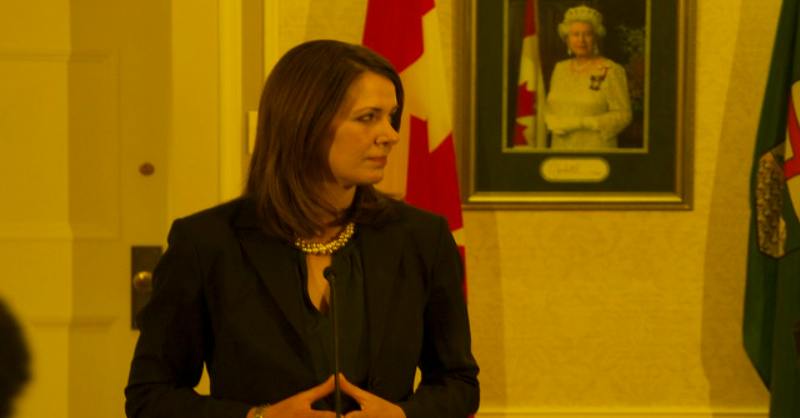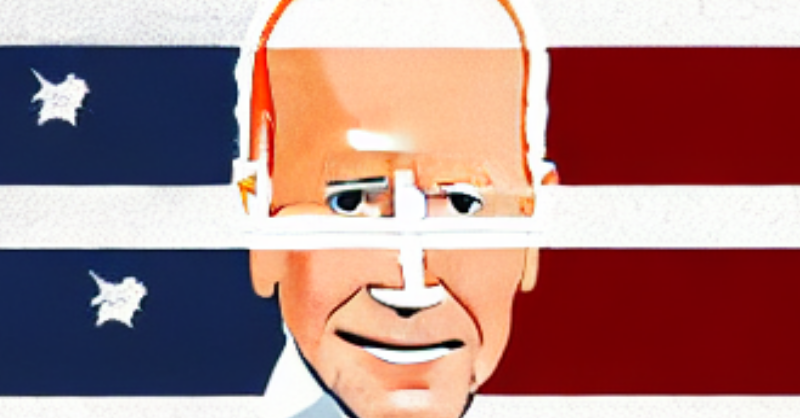At the barest of
minimums, Alberta's raw conservative votes need to stay above 600,000 for the NDP to lose. In 2008, the Wildrose Alliance was just
getting started, the PC dynasty was beginning to fracture, and progressives were split between the Liberals and NDP.
Together, the two conservative parties pulled in only 565,000 votes and the progressives just over 331,000. Four years later,
in 2012, the two conservative parties pulled in over a million votes. Much of
that, which went to the NDP-lite Redford PCs, was progressive voters
trying to block a Wildrose win. Since then, the NDP has consolidated most of Alberta's left-leaning progressive vote. That number will always hover around 600,000, without a massive shift in sentiments.
A more clear picture of
Alberta's conservative votes exists in the 2015 results, when the NDP
squeezed out a majority government through vote splitting.
The 2019 results are too skewed, because so many Albertans came out of the woodwork to end
Rachel Notley and turnout almost hit 70%. However, Jason Kenney's
victory proved that over a million Albertans, or a quarter of the
province's population, wanted to defeat the NDP. That election revealed how unfriendly Alberta is for the NDP.
Since then, a pandemic
happened and Alberta conservatives have again been divided down the
middle. On the old PC side, you have the “Covid Karens”. On the
old Wildrose side, you have the “Covid deniers”. The Karens are
more likely to shift their support to Rachel Notley based on Danielle
Smith's positions on mandates, vaccines and restrictions. Even if
many of them disagree with Notley's economic policies, they could
cast protest votes against Smith in the hopes that she will be forced
to resign. In four years, they might plan to vote for the UCP under a
new leader.
That strategy manifests
itself in Westminster politics more often than pundits might realize.
On the other hand, the
pandemic is over for a majority of Albertans and even the Karens
might not care so much about what Danielle Smith said about it. If a
lot of the old PC voters have moved on, they may see the detriments
in handing the province back to Rachel Notley more clearly.
As the campaign rolls
on, though, issues about private healthcare could stir fear among the
same PC Karens. In recent weeks, the NDP has gone hard at Smith for
things she has said in the past about user fees and private
hospitals. To the smarter voters, there is an understanding that the
Canada Health Act prohibits Smith from doing a majority of what the
NDP says she will do. However, the more low-info voters should be
expected to fall for the NDP's lies and fear-mongering.
These low-info PC
voters could tilt the scales in key ridings.
On the bright side, in
most rural and Calgary ridings, PC Karens would have to show up for
the NDP in large numbers—or abstain in large numbers. A majority of
Calgary's suburban seats, and almost all of Southern Alberta's rural
seats, will be next to impossible for the NDP to crack.
Again, assuming that no
major shifts in sentiment have happened, the NDP's path to victory is
extremely narrow. They will take most of Edmonton and its suburbs,
leaving most of Northern and Central Alberta's rural ridings to the
UCP. Even if they crack a few of those, they still can't win a
majority.
Up to seven of the NDP's seats in 2015 were won with less
than 35% of the popular vote.
In 2015, the NDP won 54
seats. In seven of those ridings, the conservative vote was split
directly down the middle and the NDP was able to sneak up the middle with less than 35%. In 2019, those seats went to Kenney with massive
margins. That puts the NDP at a maximum of 47 seats—but there is
another catch.
Even more NDP seats in
2015 were won with less than 37% of the popular vote. When we factor
in conservative vote splitting in the same seven ridings and add
another five where the NDP won with less than 37%, we have 12 seats
that the NDP should have lost in 2015. That puts them at a maximum
of 42 seats. It takes 44 for a majority.
But wait, it gets even
worse for the NDP.
If we bump the NDP
threshold of popular votes to just under 40% in 2015, there are 21
seats the NDP won in which the conservative total would have
surpassed 40% without vote splitting. That puts the NDP's ideological
maximum at only 33 seats. I call it that because there is a strong
enough socialist presence in those ridings to help the NDP, based on
past election numbers.
Right Now
All the latest polls
show a dead heat in popular support across Alberta. Some polls have
even put the UCP at 50%, which is exactly where Kenney was a week
prior to the 2019 election. In fact, Kenney averaged only 47% for the
majority of April 2019, but went on to win 55% of the popular vote.
If Danielle Smith can keep the UCP polling at no less than 45% until
election day, she will probably go on to handily defeat Rachel
Notley.
For raw votes, if Smith pulls in less than 600,000 votes, she will lose to Rachel Notley. Notley herself
could pull in more than 630,000—but she would still probably lose
the UCP strongholds across Alberta if Smith pulls in 600,000. In such a case, we would have to
listen to NDP voters piss and moan for months about a “corrupt”
and flawed electoral system where winning the popular vote counts for
nothing.
The possibility of
Smith winning more seats but losing the popular vote is high!
However, using past
election data and the most current polls, even in the worst case
scenario, the NDP has a ceiling of 37 seats (33 if the ideological
maximum holds true). The best-case scenario puts the NDP at only 29
seats and the UCP at 58.
There is still a lot of
time left for things to change, so it's important for conservatives to vote. Anything
fewer than 600,000 UCP votes puts Rachel Notley in power. But, I'm looking
forward to waking up on May 30th with the realization that the NDP
never really stood a chance in Alberta and that all this doubt was
the product of media manipulation.
Projection: UCP Majority (between 50 to 58 seats)
Here are the seat projections based on this analysis (click to download and share):






